.
Tis April 1 – but rather than April foolery, I shall continue the Year of the Villain with a closer look at the far-from black-and white narrative of Brandin of Ygrath, the primary antagonist in Guy Gravriel Kay’s Tigana.
 |
To recap on the series-to-date, I kicked off with the pantheon of villains in JRR Tolkien’s The Lord of the Rings, then moved on to the first Earthsea trilogy of Ursula Le Guin.
In
The Lord of the Rings, we largely
encounter villains as an external force, with the fate of the world at stake. By
contrast, the villainy of Earthsea frequently arises out of natural forces and
works its will through the human frailties (i.e. internal forces) of the
characters.
Which brings us to post #3 and Returning to Tigana – where the keen-eyed among you may have noted that I introduced Brandin of Ygrath as an “antagonist” rather than villain. The distinction is deliberate, and also the reason why he, and Tigana, are the third case study (if you will) in this year’s exploration of villains in Fantasy fiction. (Although only some of them, I hasten to add!)
 |
I don’t believe it’s a spoiler to outline why Brandin is the prime antagonist, since it’s set out early in the book. He is both the expansionist emperor of Ygrath and possibly the world’s most powerful wizard. Yet his armies suffer an unexpected defeat in Tigana, one that also results in the death of their commander, Brandin’s favourite son.
In revenge for his son’s death, Brandin sets out to annihilate Tigana completely, not only by defeating its armies and putting the populace to the sword, but by stripping all knowledge of the country’s name, culture, and history from everyone not born to Tigana. And even those born to Tigana that still live, cannot say their country’s name aloud or speak of it to others.
If the spell cannot be lifted before everyone born before Tigana’s defeat has died, then the last memory of their country will die with them. This obliteration is the vengeance that Brandin is determined to bring about, and which the story’s heroes are equally committed to undoing.
 |
So to the band of heroes (yes, they are a “band of brothers” in the spirit of last year’s post series J ) Brandin is the archvillain whose evil spell must be undone. What makes Tigana and Brandin interesting, is that Guy Gavriel Kay does not tell the story solely from the band-of-heroes’ perspective. Instead, he makes the antagonist real for us by means of another Tiganan, Dianora, who is a concubine in Brandin’s seraglio.
Dianora’s intention, in engineering her way into the seraglio, is to find a way to end Brandin and undo the spell. Instead, she falls in love with him and he with her, enabling readers to perceive Brandin as a person, as well as the story’s prime antagonist. Throughout, he remains deeply committed to the annihilation of Tigana in revenge for his son’s death. Nothing, including his deep love for Dianora, can sway him.
As readers, we understand Brandin’s s motivation and even feel empathy for it – but he and his obliteration spell remain the evil that must be overcome in order to restore Tigana and ensure its survival.
 |
This nuanced treatment raises the question as to whether Brandin’s an antihero, rather than a villain – but antiheroes, however flawed, save the day in the end. Whereas Brandin remains committed to his vengeance throughout, which means that for the story’s heroes, he remains the primary antagonist to be overcome.
The power of the storytelling, though, is that as readers, we find ourselves wanting the heroes to succeed, but also wanting Brandin (and Dianora) to somehow find a way through. Nothing, as I said at the outset, is black and white – but to find out what actually happens, and experience the nuances to all of that, you really must read the book. J
© Helen Lowe
~*~
About the Author
Helen Lowe is an award-winning novelist, poet, and lover of
story. With four books published to date, she is currently completing the final
instalment in The Wall Of Night series.
.
Helen posts regularly on her “…on
Anything, Really” blog, monthly on the
Supernatural Underground, and tweets @helenl0we.
~*~
Previous “Year of the Villain” Posts:
January: Ushering in 2024 -- & the Year of the Villain
February: The Year of the Villain #1: The Lord of The Rings Pantheon
March: The Year of the Villain #2: Ursula Le Guin & “Earthsea”


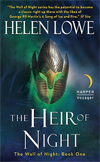
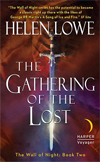


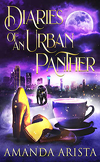


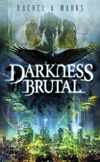
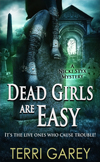
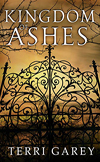
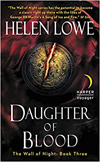
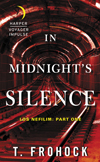
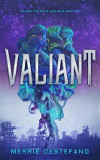


No comments:
Post a Comment